Only Venus Satellite Suddenly Dies In Space
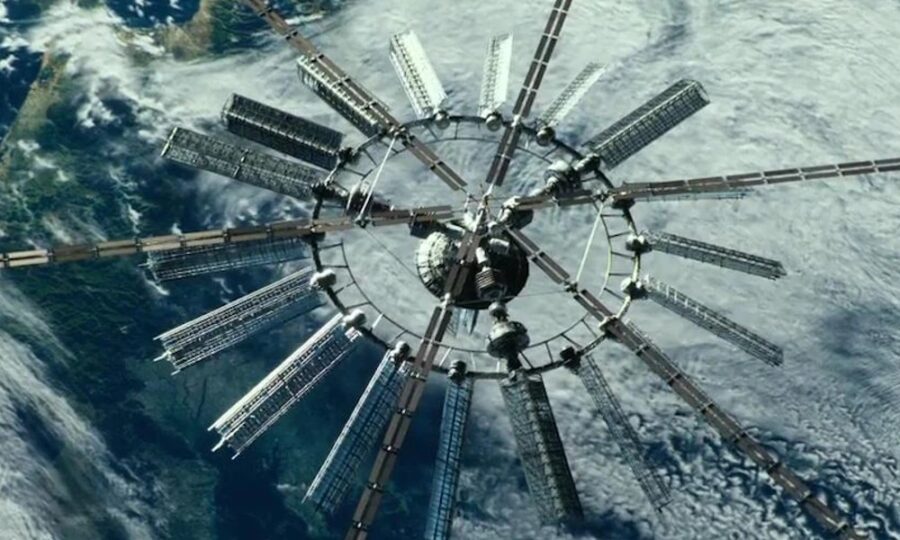
Japan’s Akatsuki probe, the only spacecraft to survive the harsh environment of Venus for almost a decade, has fallen silent. According to Japan’s Institute of Space and Astronautical Science (ISAS), the Japan Aerospace Exploration Agency (JAXA) lost contact with the device after an extended period of “low attitude stability control mode,” which prevented communication with Earth.
ISAS Lost Contact With Venus Probe
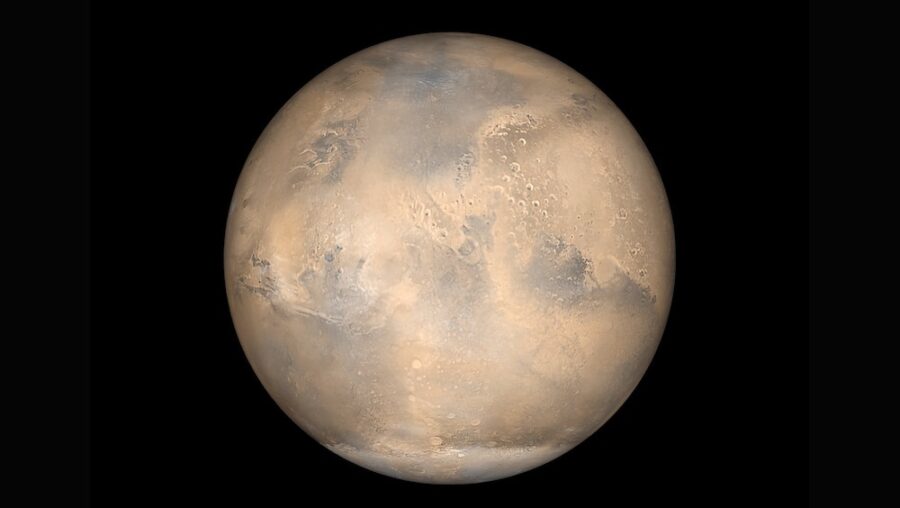
The ISAS is currently working to restore contact with its Venus probe. “We will inform you about future plans once they are fixed,” the Akatsuki team wrote on X. The Venus Climate Orbiter mission, also known as Akatsuki, was launched in 2010 to study Venus’ weather, investigate lightning in its thick clouds, and look for active volcanoes.
Although Venus is similar to Earth in size, it’s vastly different, with extremely high temperatures, crushing atmospheric pressure, and clouds filled with corrosive acid. Due to these harsh conditions, sending spacecraft to Venus is challenging. The last NASA spacecraft to observe Venus finished its mission on October 12, 1994, by descending into the Venusian atmosphere.
Gathering Atmospheric Data
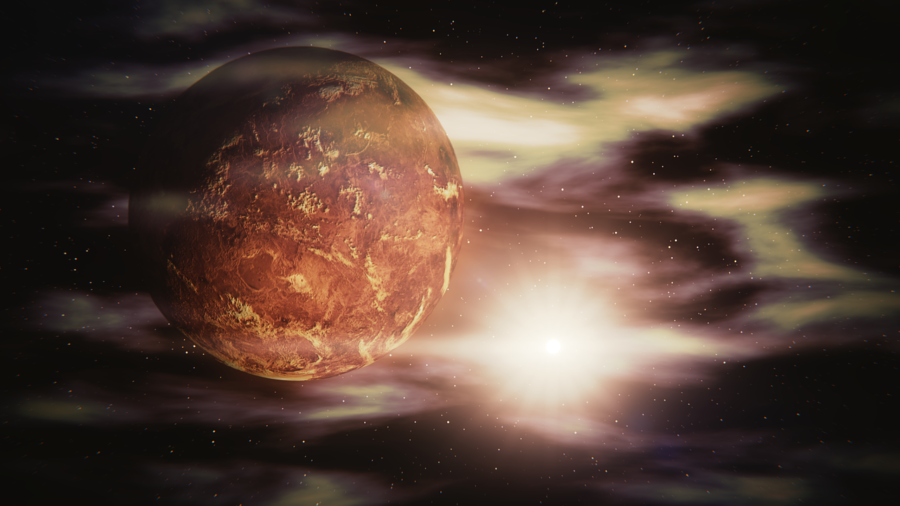
Europe’s Venus Express orbited Venus starting in 2006, but it lost contact in 2014 after eight years. Akatsuki has been the only active mission around Venus for (approximately) the past 10 years. Despite some setbacks, like failing its first orbital insertion in 2010 and having to wait years for another attempt, the probe finally succeeded and has been gathering valuable data on Venus’ atmosphere.
Gravity Waves And Thermal Tides

Akatsuki observed that Venus’ atmosphere rotates at a speed of about 360 km/h (224 mph), which is much faster than the planet’s rotation speed of about 6.5 km/h (4 mph). This super-rotation is unusual because it is not driven by the planet’s rotation. Instead, it is thought to be caused by the Coriolis force, which is a result of the planet’s rotation and the atmosphere’s momentum.
The Japanese space probe detected gravity waves, which are ripples in the atmosphere caused by the uneven heating of the planet. These waves play a crucial role in Venus’ atmospheric circulation and help maintain the super-rotation. The spacecraft also observed thermal tides, which are periodic changes in the atmosphere’s temperature caused by the planet’s rotation and uneven surface heating.
Volcanoes, Mountains, And Craters
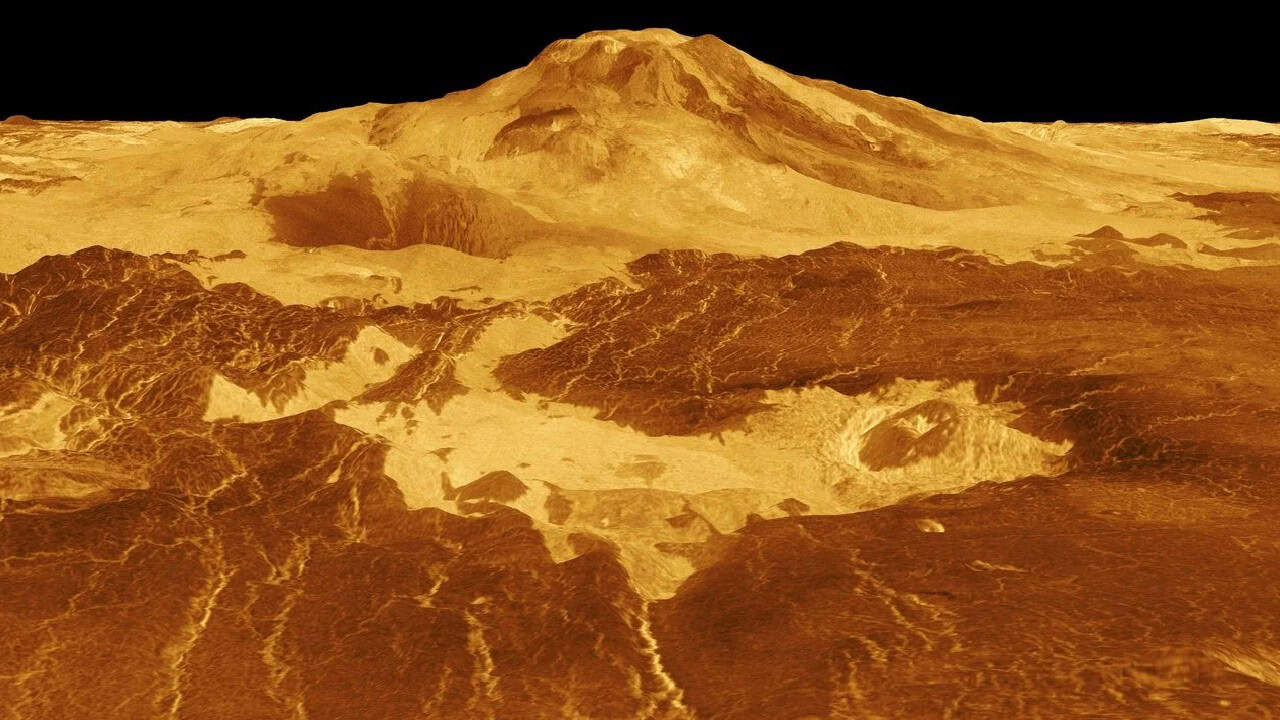
These tides influence atmospheric circulation and cloud formation. Akatsuki even managed to capture infrared images of the Venusian surface, allowing scientists to map the planet’s temperature distribution. The spacecraft’s images revealed details about Venus’ surface features, including volcanoes, mountains, and impact craters.
Akatsuki’s observations of clouds and hazes shed light on the mechanisms that form these atmospheric features. This includes the role of sulfur dioxide, which is released by volcanic activity. Akatsuki’s extended operation has provided a prolonged period of data collection, filling the gap between previous missions like NASA’s Magellan and future missions planned for the next decade.
Upcoming NASA Missions
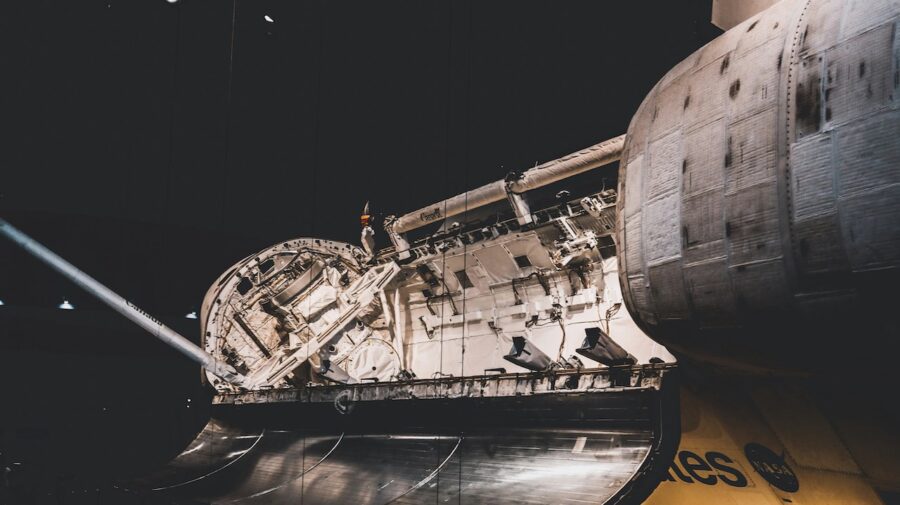
Although Akatsuki has gone silent, Venus will soon get new visitors soon as NASA is planning two missions. Launching in 2029, DAVINCI will study Venus from its clouds down to its surface, while VERITAS, launching around 2031, will examine the planet’s surface and core to understand how it evolved differently from Earth.











